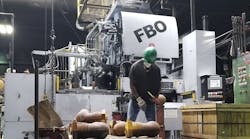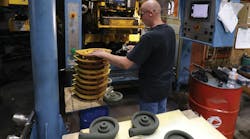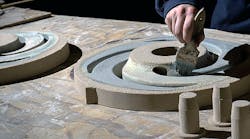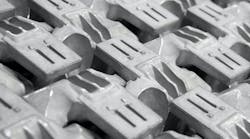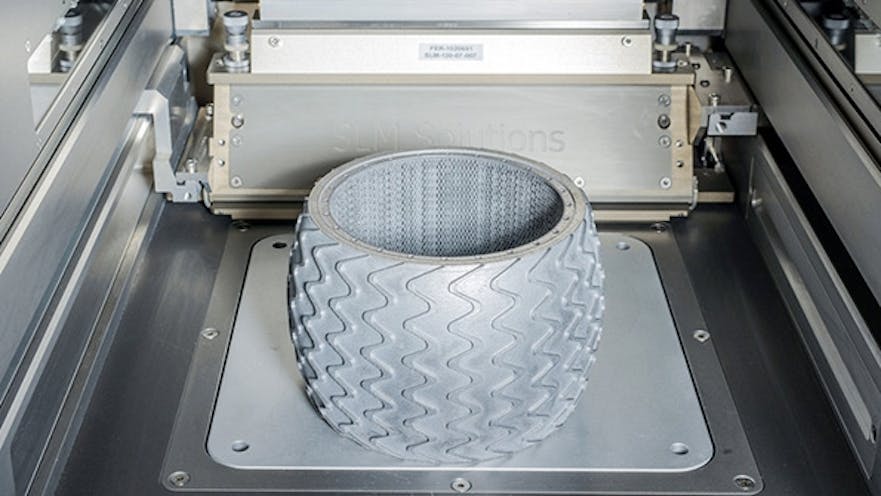From hype and experimentation to rapid maturation
“Has 3D printing finally come of age?” That’s the question that consulting and analysis firm PriceWaterhouse Coopers uses to launch its new white paper analyzing how 3DP is evolving as an industry and how this it is impacting manufacturing.
“It’s become clear that the technology … is crossing from a period of hype and experimentation into one of rapid maturation. 3D-printed parts and products are quickly making their way into end products — from a printed car to athletic shoes to a printed NASA rocket engine. Industrial 3D printers, once almost exclusively used for prototyping, are now on some of America’s factory floors, being rolled out on production lines. Manufacturers of all stripes are building 3DP programs and are likely to continue to expand those programs as advancements in 3D printers, software and printing materials … make adoption easier and more cost-effective.”
Among the white paper’s conclusions: the technology’s many developers are doing “more making, less tinkering”; expectations are rising among established manufacturers (52%, versus 38% two years ago) that 3DP will factor into their high-volume production programs in the coming three to five years; and those same manufacturers’ concerns are growing that 3DP will “disrupt” supply chains and threaten intellectual property.
The most revealing contents of the report are the results of PwC’s "2016 Disruptive Manufacturing Innovations Survey on 3D Printing," which is offered with comparable results from a 2014 survey.
Click here to read a full report on current developments in metal 3DP technologies.


